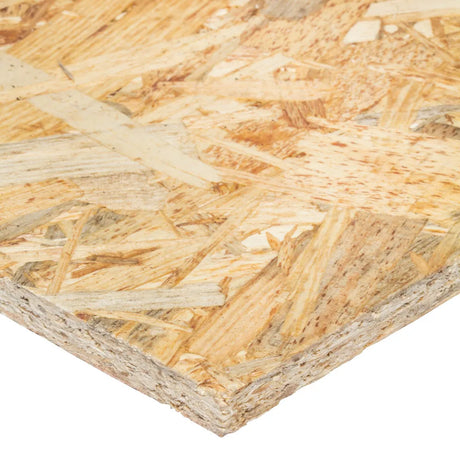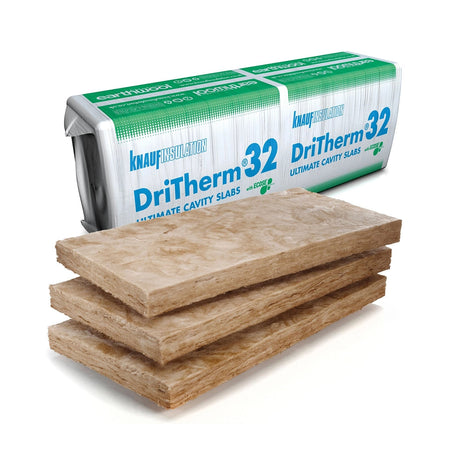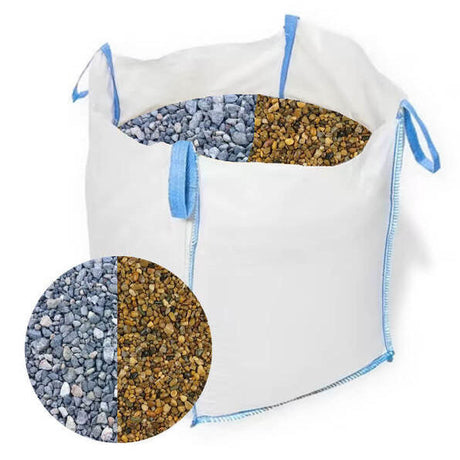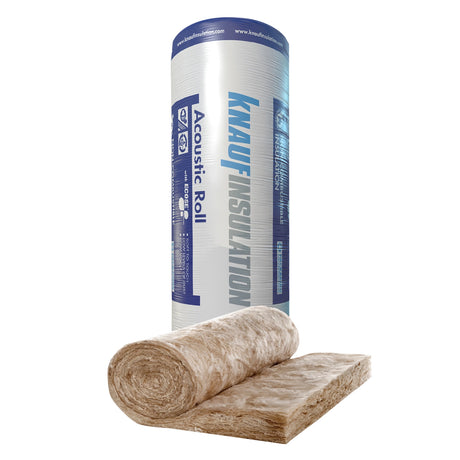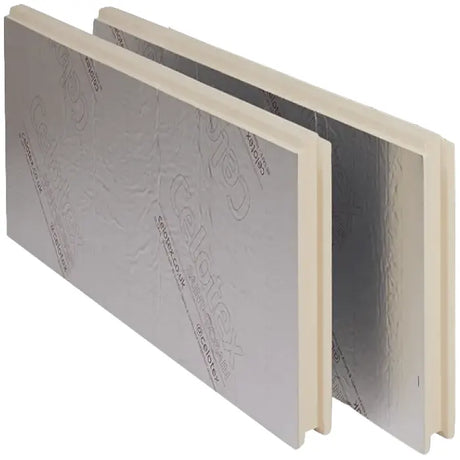Brick and masonry structures form the backbone of British architecture, yet even the most robust constructions eventually require maintenance to address weathering, settlement, and material deterioration. Understanding how to identify and remedy common masonry problems helps preserve structural integrity whilst maintaining the aesthetic appeal that makes these buildings so enduring.
At DIY Building Supplies, we've helped countless property owners tackle masonry maintenance challenges using proven techniques and quality materials. The secret lies in early intervention—addressing minor issues before they develop into major structural problems that require expensive professional remediation.
Most masonry repairs remain within DIY capabilities when proper materials and techniques ensure lasting results. Quick action combined with appropriate products can restore both structural integrity and visual appeal whilst preventing water penetration that causes accelerated deterioration.
Understanding Masonry Deterioration Patterns
Masonry problems typically develop gradually through predictable patterns that reflect environmental exposure, material quality, and construction techniques. Recognising these patterns helps prioritise repair efforts whilst understanding underlying causes that must be addressed to prevent recurrence.
Mortar deterioration represents the most common masonry issue, as lime-based mortars naturally erode over decades of weather exposure. This process creates gaps that admit moisture whilst reducing structural integrity between individual masonry units. Early intervention prevents water penetration that can cause frost damage, efflorescence, and accelerated deterioration of surrounding materials.
Brick spalling occurs when moisture penetrates brick faces and freezes, creating pressure that breaks away surface layers. This problem particularly affects softer brick types and areas with persistent moisture exposure. Understanding spalling patterns helps identify drainage problems or inappropriate repair materials that contribute to ongoing deterioration.
Settlement cracks appear as stepped patterns following mortar joints, indicating foundation movement or inadequate structural support. Whilst major settlement requires professional assessment, minor cracks often result from thermal movement or minor ground settlement that can be addressed through appropriate repointing techniques.
Essential Repointing Techniques
Repointing represents the most common masonry maintenance task, requiring careful material selection and proper technique to ensure lasting repairs that match existing construction. Understanding traditional methods alongside modern materials helps achieve authentic results whilst enhancing durability.
Mortar analysis determines appropriate replacement materials that provide compatible performance characteristics with existing construction. Traditional lime mortars require lime-based replacements that accommodate movement whilst allowing moisture vapour transmission. Portland cement mortars, whilst stronger, can create problems when used inappropriately with softer brick types.
Preparation techniques significantly influence repointing success regardless of mortar selection. Remove deteriorated mortar to depths of 15-20mm using appropriate tools that avoid damaging adjacent brickwork. Hand tools generally provide better control than power tools, though disc cutters can speed work on extensive projects when used carefully.
Modern lime mortars from established manufacturers like NHL (Natural Hydraulic Lime) provide excellent compatibility with traditional construction whilst offering enhanced durability compared to hot lime mixes. These products achieve appropriate strength whilst maintaining flexibility that accommodates natural building movement without cracking.
Pointing profiles must match existing construction to maintain authentic appearances whilst ensuring proper weather shedding. Flush pointing suits most applications whilst providing good weather resistance, though struck or bucket handle profiles may be required to match historic construction techniques.
Addressing Efflorescence and Salt Damage
Efflorescence appears as white crystalline deposits on masonry surfaces, indicating moisture movement through materials that dissolves and redeposits salts during evaporation. Understanding the underlying causes helps address root problems whilst removing unsightly deposits that detract from building appearance.
Source identification proves crucial for effective efflorescence treatment, as surface cleaning alone rarely provides lasting solutions. Common causes include rising damp, rainwater penetration, or construction moisture that continues migrating through masonry over extended periods. Addressing these moisture sources prevents recurring problems whilst enabling effective surface treatment.
Cleaning techniques vary according to efflorescence severity and masonry type. Gentle brushing removes light deposits whilst avoiding damage to masonry surfaces. Specialist cleaning products designed for masonry applications provide enhanced effectiveness for persistent deposits whilst avoiding acid-based cleaners that can damage lime mortars.
Prevention strategies focus on improving drainage and moisture management around affected areas. Enhanced surface water disposal, improved damp-proof courses, or breathable surface treatments can dramatically reduce efflorescence whilst preserving masonry integrity throughout extended service life.
Crack Repair and Structural Stabilisation
Crack repair requires careful assessment to determine whether movement has ceased or continues occurring, as repair strategies differ significantly between stable and active cracks. Understanding crack patterns helps identify appropriate repair approaches whilst ensuring long-term effectiveness.
Hairline cracks often result from thermal movement or minor settlement that requires flexible repair materials capable of accommodating ongoing movement without failure. Modern flexible masonry sealants provide excellent solutions for these applications whilst maintaining weather resistance throughout varying environmental conditions.
Wider cracks may indicate more significant structural issues requiring careful assessment before repair. Stable cracks can be effectively repaired using appropriate pointing techniques, whilst active cracks require movement accommodation or structural intervention to address underlying causes.
Pinning techniques provide structural reinforcement for areas where masonry units have become loose or displaced. Stainless steel pins grouted into position restore structural integrity whilst remaining invisible within finished repairs. Quality chemical anchors ensure reliable performance whilst accommodating the alkaline environment typical of masonry construction.
Dealing with Moisture Penetration
Moisture penetration represents one of the most serious threats to masonry integrity, creating conditions for frost damage, salt crystallisation, and biological growth that accelerate deterioration. Understanding moisture sources helps implement effective solutions whilst preventing ongoing damage.
Pointing defects create the most common moisture entry points, allowing water penetration that can cause extensive internal damage before becoming visible externally. Systematic repointing using appropriate materials and techniques provides comprehensive protection whilst restoring structural integrity.
Brick replacement becomes necessary when moisture damage creates structural weakness or persistent water entry that cannot be resolved through repointing alone. Matching replacement bricks requires careful selection to ensure compatibility with existing construction whilst maintaining authentic appearances.
Waterproofing treatments offer additional protection for masonry exposed to severe weather conditions or persistent moisture challenges. Breathable masonry sealers provide water repellency whilst allowing moisture vapour transmission that prevents trapped moisture problems. Quality products from established manufacturers ensure compatibility with various masonry types whilst providing long-term protection.
Managing Biological Growth
Moss, algae, and lichen growth on masonry surfaces indicates persistent moisture conditions that can accelerate deterioration whilst creating slip hazards and unsightly appearances. Understanding growth patterns helps implement effective treatment whilst addressing underlying moisture issues.
Cleaning techniques must balance effectiveness with masonry protection, as aggressive methods can damage surfaces whilst inadequate cleaning allows rapid regrowth. Soft washing using appropriate biocides provides effective treatment whilst avoiding high-pressure techniques that can damage pointing or brick faces.
Prevention strategies focus on improving drainage and reducing moisture retention around affected areas. Enhanced surface water disposal, improved ventilation, or vegetation management can dramatically reduce biological growth whilst preserving masonry integrity.
Preventive Maintenance Strategies
Regular inspection and maintenance prevent minor issues developing into major problems requiring extensive remediation. Understanding inspection priorities helps identify developing problems whilst they remain easily addressed through simple repair techniques.
Annual inspections should focus on pointing condition, drainage effectiveness, and early signs of moisture penetration or biological growth. Systematic documentation helps track deterioration patterns whilst planning maintenance requirements before emergency repairs become necessary.
Seasonal maintenance includes clearing drainage systems, treating minor pointing defects, and addressing biological growth before it becomes established. These routine activities prevent major problems whilst maintaining building appearance throughout the year.
Professional Tools and Materials
Quality tools and materials ensure repair effectiveness whilst providing durability that justifies maintenance efforts. Understanding appropriate specifications helps select products that deliver professional results whilst remaining within DIY capabilities.
Pointing tools designed specifically for masonry work provide better results than improvised alternatives whilst reducing effort required for quality repairs. Quality tuckpointing tools from established manufacturers ensure neat finishes whilst appropriate striking tools create authentic profiles that match existing construction.
Modern repair mortars from specialist manufacturers like Weber or SikaMur provide enhanced performance compared to basic cement mortars whilst maintaining compatibility with traditional construction. These products often incorporate additives that improve workability, durability, and weather resistance whilst ensuring appropriate strength characteristics.
Expert Support for Lasting Solutions
At DIY Building Supplies, we understand that effective masonry repair requires both quality materials and proven techniques developed through practical experience. Our comprehensive range includes specialist mortars, cleaning products, and repair materials from leading manufacturers, ensuring access to professional-grade products that deliver lasting results.
Our technical team provides detailed guidance throughout masonry repair projects, helping identify appropriate materials whilst ensuring repair techniques achieve optimal performance. Whether addressing minor pointing defects or planning comprehensive masonry restoration, we can recommend products and methods that deliver exceptional value whilst preserving structural integrity.
Contact our experienced team to discuss your masonry repair requirements. With quality materials from trusted British suppliers alongside proven repair techniques, maintaining masonry structures becomes both achievable and cost-effective whilst preserving these valuable building assets for future generations.



